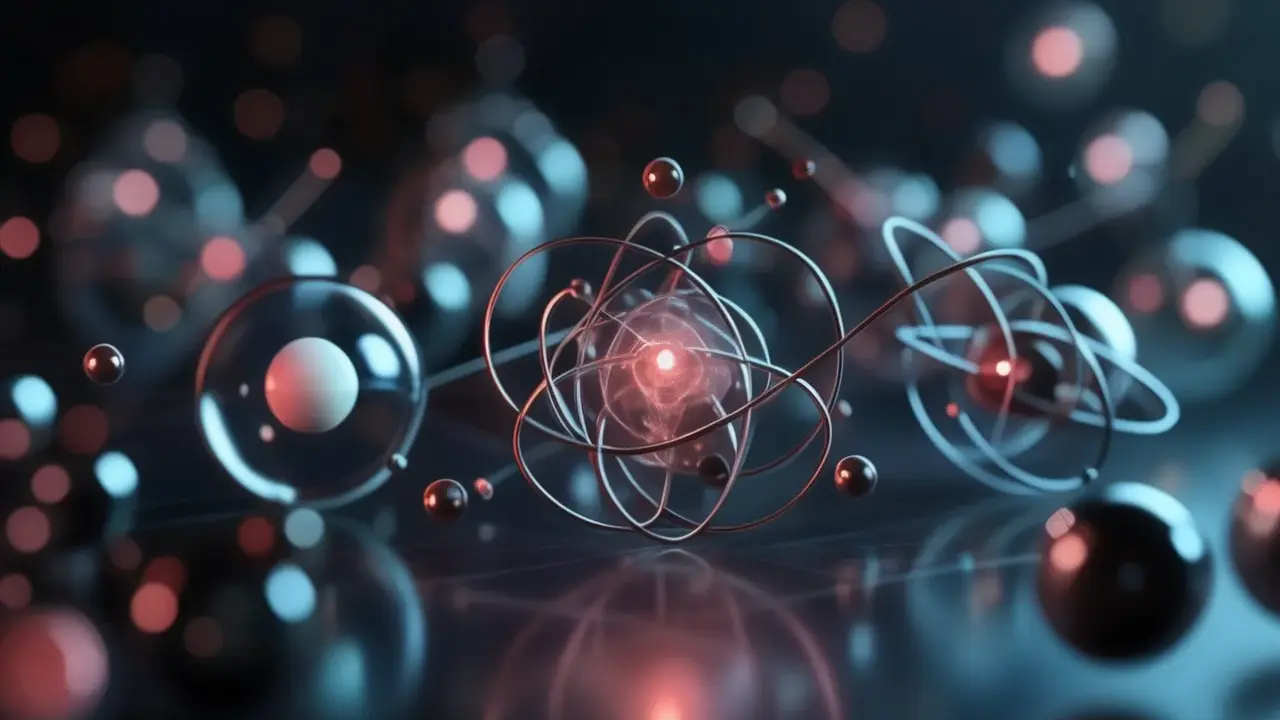The station will use two universal methods: X-ray absorption spectroscopy and X-ray diffraction. These methods allow the study of a wide variety of objects, including functional materials, proteins and cultural heritage. The diagnostic process will only take two to three hours; This is significantly faster than traditional methods, which can take tens of hours.
According to Andrey Saraev, senior researcher at the SKIF Mass Use Center, launching the station will not require complex devices to produce synchrotron radiation. Most of the required components are already available from partners, and the remaining equipment is planned to be purchased before the end of 2024.
Source: Ferra
I am a professional journalist and content creator with extensive experience writing for news websites. I currently work as an author at Gadget Onus, where I specialize in covering hot news topics. My written pieces have been published on some of the biggest media outlets around the world, including The Guardian and BBC News.











